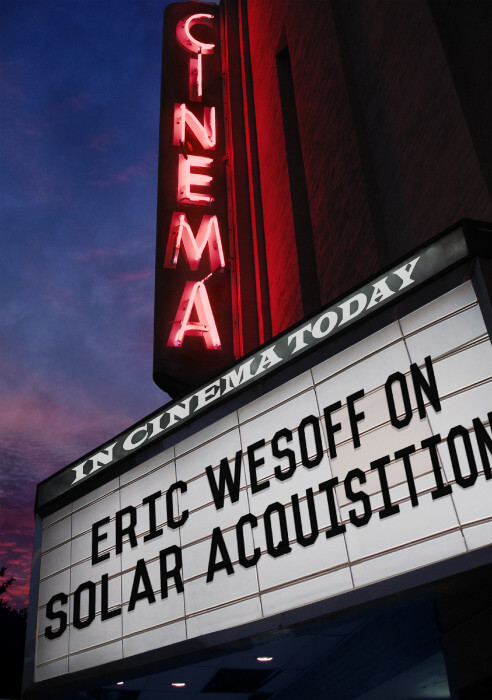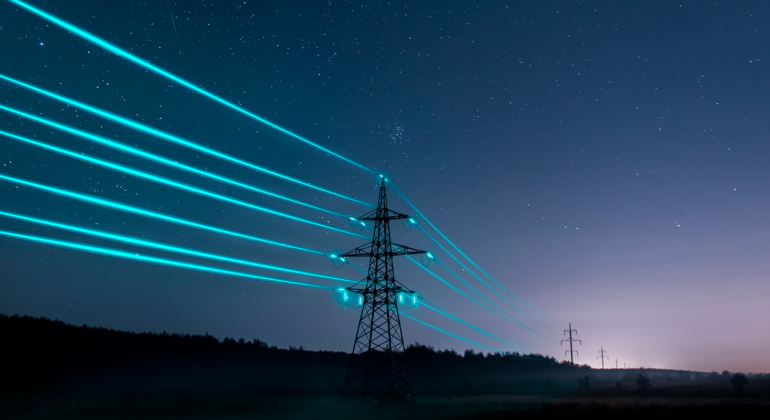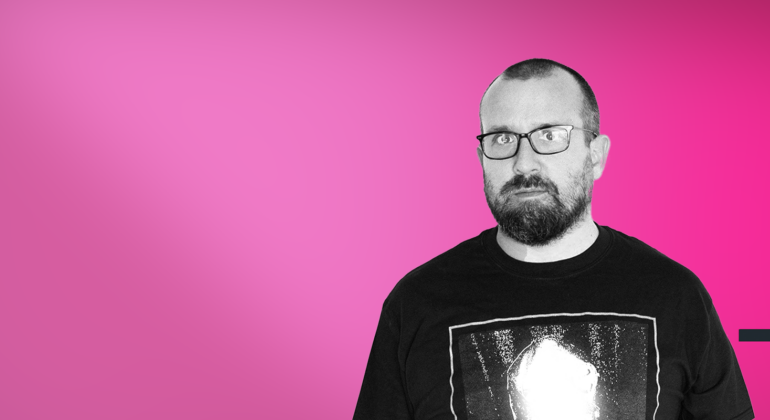In this final segment of this candid conversation with Greentech Media’s Editor-in-Chief Eric Wesoff, we discuss other industries that solar may parallel and how we might learn from them. If you missed the last two posts, you can read the first part here, and the second part here.
Tor Valenza (TV): Are there parallels to other industries that the solar industry can learn from?
Eric Wesoff (EW): I’m looking at some of the efforts a couple of years ago by folks like NRG and SolarCity, and their attempts to better consumerize solar and make the customer acquisition a different animal. They made a lot of hires in consumer areas, right? They were filling out VP posts with consumer brand experts, and I would suggest that they haven’t cracked the nut. You can argue with me otherwise, but I don’t think anybody’s yet found the magic lantern to making solar customer acquisition costs drop yet. So I don’t think that there are that many parallels.
But it really worries me that after billions and trillions of dollars of R&D and some of the greatest technology that goes  into crystalline solar cells and thin film and the billions spent on reliability engineers, and the sheer amount of physics and great science that’s thrown at this and the industrial technology and the mechanical engineering, and yet the real tip of the spear is a questionably trained young person selling the solar value proposition door to door.
into crystalline solar cells and thin film and the billions spent on reliability engineers, and the sheer amount of physics and great science that’s thrown at this and the industrial technology and the mechanical engineering, and yet the real tip of the spear is a questionably trained young person selling the solar value proposition door to door.
That seems to me that that can be the undoing of a very carefully coiled supply chain industry. It can all be undone just by the potential ethical issues at the tip of the spear. That really worries me, and it’s out of the control of any technology.
Then again, you could say the same thing about car sales. There’s this sophisticated industry and at the tip of the spear is this stereotypically smarmy salesperson. I guess that doesn’t reflect negatively on automobiles, but I don’t think HVAC is sold like that or home improvement is sold by a fleet of parachuted-in sales people because the incentives are good in that region. So I don’t know. You tell me. What do you see as a parallel or an anti-parallel of the solar industry?
TV: I think the one that a lot of people compare solar to is the cellphone industry. I think that there are similarities to that, but with the exception that a cellphone is an easier device to acquire and use. You use it every day, unlike solar where you put it on your roof, if you’re talking about residential, and then you kind of forget about it until you see your bill. Even then, you get used it after a while. So I think the adoption of smart phones has some kind of parallels, but it’s a much larger purchase decision.
Perhaps it’s the combination of an electric car and a cellphone. It’s a large purchase decision and something that people can feel can be a luxury, especially with electric cars, and like with EVs, has this early adopter stage. So until people see a lot more electric cars and a lot more solar panel roofs around them, it’s going to be increasingly difficult for widespread adoption.
That’s why I feel that referrals are the keys to reducing soft costs. It’s maximizing the feelings of people who have gone solar and making them so happy and so satisfied with their purchase decision that they will talk about it with their friends and family and business associates so that the question becomes, “Why haven’t you gone solar? This is so great for me, they took such great care of me and delivered on their promises.” So it’s all about making people excited about solar.
If Elon Musk is the sizzle of getting people interested in solar and storage, that’s not going to last until you have people “biting into” solar and saying, “Man, this tasted just as good as the smell of that sizzle.” That’s the key. The formula for that sizzle is going to be different for every company, just as it is for car manufacturers. But in general for the solar industry, it’s delivering on those promises of being affordable and reliable. Otherwise, how are we going to inspire people to change the thing that they’ve been doing all along? Which is plugging into the grid without any effort, doing nothing. It’s too easy to do nothing.
We always have to be inspiring people to take action. Making people get off their couch and get a solar quote. They’ve got other shit to do in their life, so that’s really the challenge. And they key to that really is the referral base, whether you’re talking about commercial or residential.
EW: I don’t argue with you on the referral, but something that’s an app in a phone that tracks the parent’s child is more valuable in that parent’s life than those solar panels on the roof. It’s what’s useful to us. I’m sorry we’ve picked an industry that isn’t that exciting for most people. It’s the most exciting thing to me, but for other people, energy is just not that cool.
TV: Yes, but that’s our challenge: to make it exciting. We have to make it the thing that you want, and maybe that means BIPV when it looks great and you don’t notice it, though some will say that they want to see those panels on their roof because it’s conspicuous consumption. They want their neighbors to notice that they have solar.
EW: So then look at Hawaii. I’m not convinced that that’s the way to go. That’s completely motivated by cash, don’t you think? That’s the reason why they put solar on the roof, for the promise of saving money.
TV: I agree. Saving money is always important, but Hawaii is an extreme. I don’t know why every island nation isn’t running around and installing as much solar as possible.
That concludes our three-part interview with Eric Wesoff. The Solar Marketing Think Tank team would like to thank Eric for generously contributing his insights. If you’d like to contribute your solar marketing and PR-related thoughts, please read our guidelines and contact us at solarthinktank@impresslabs.com.
Tor “Solar Fred” Valenza is the chief marketing officer of solar at Kiterocket. Follow him on Twitter at @SolarFred and @Solar_ThinkTank.


